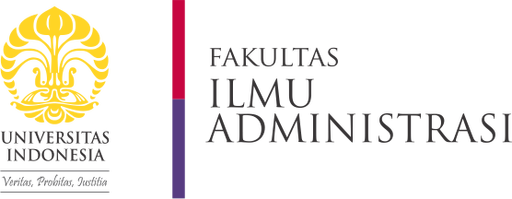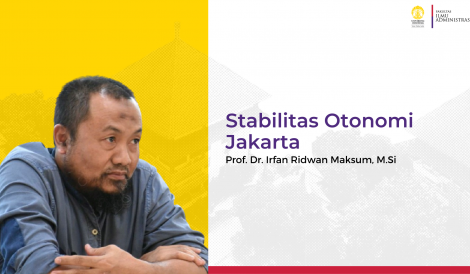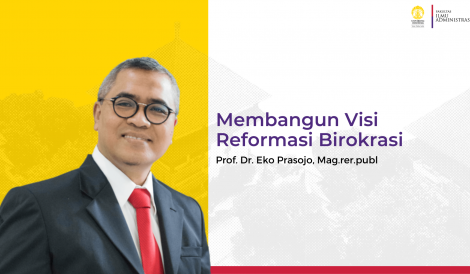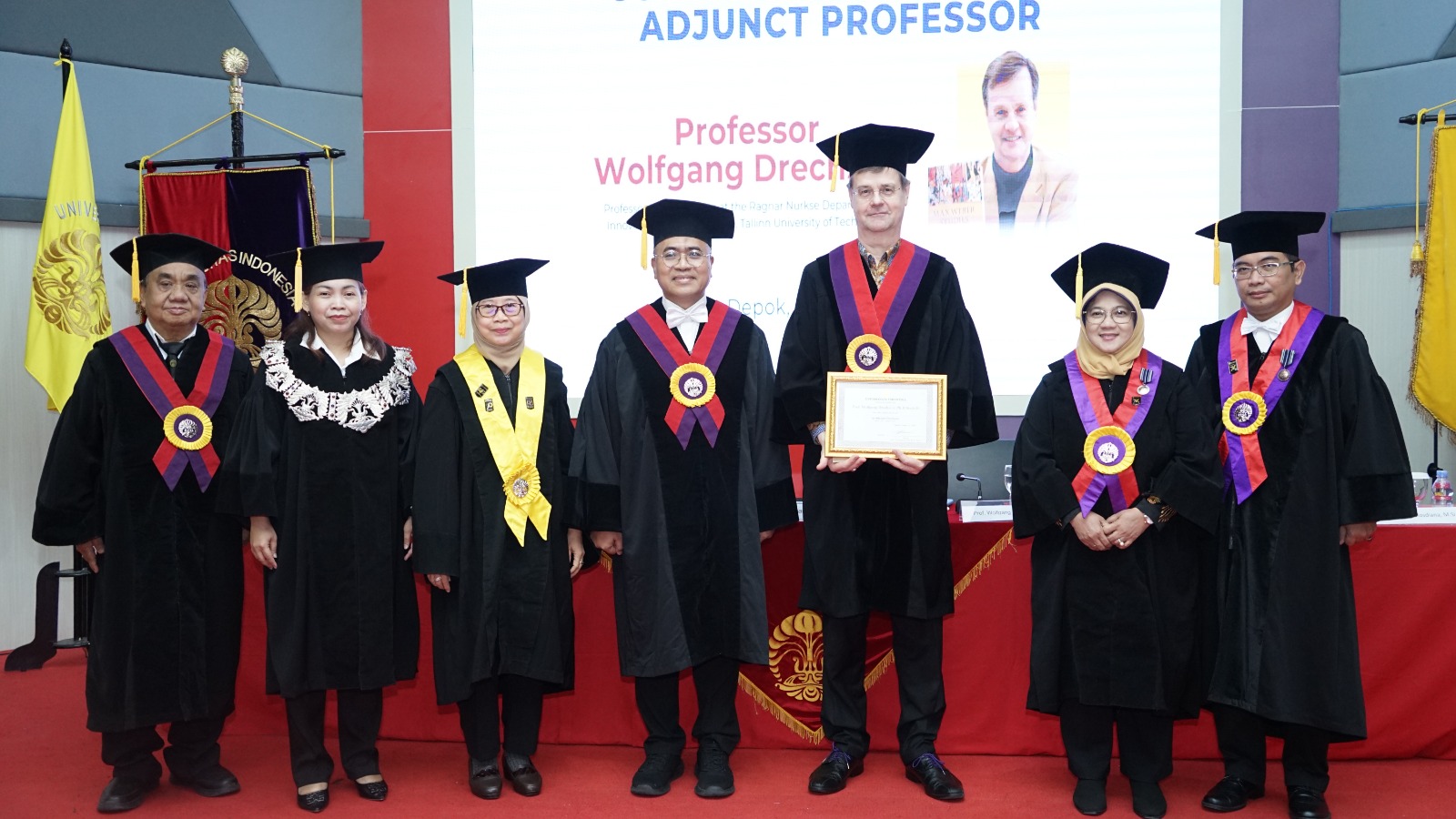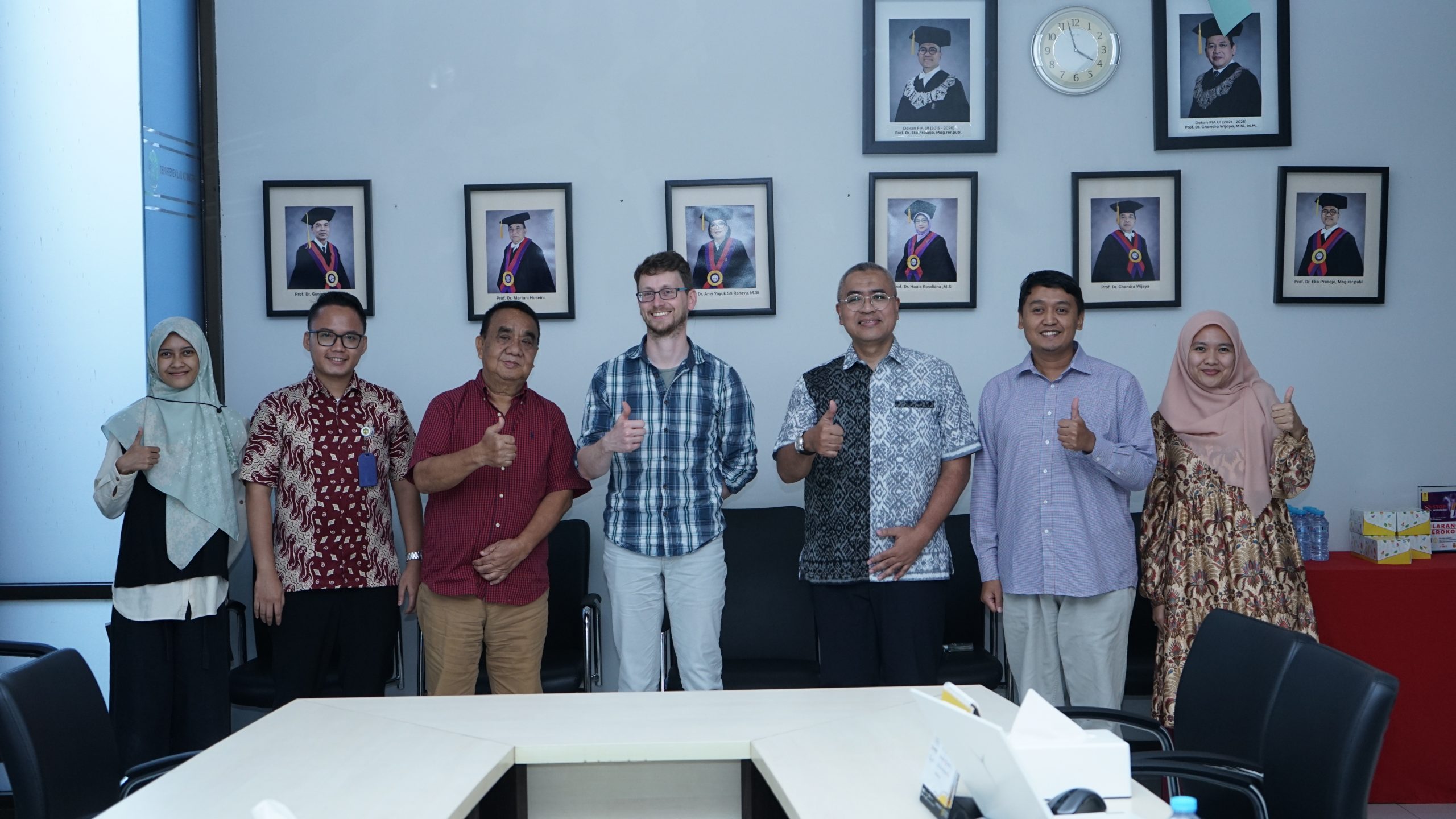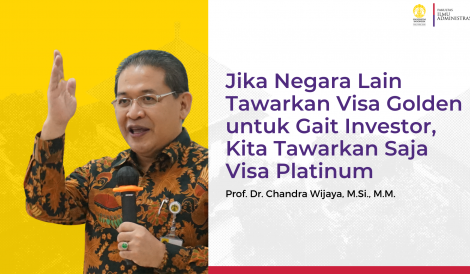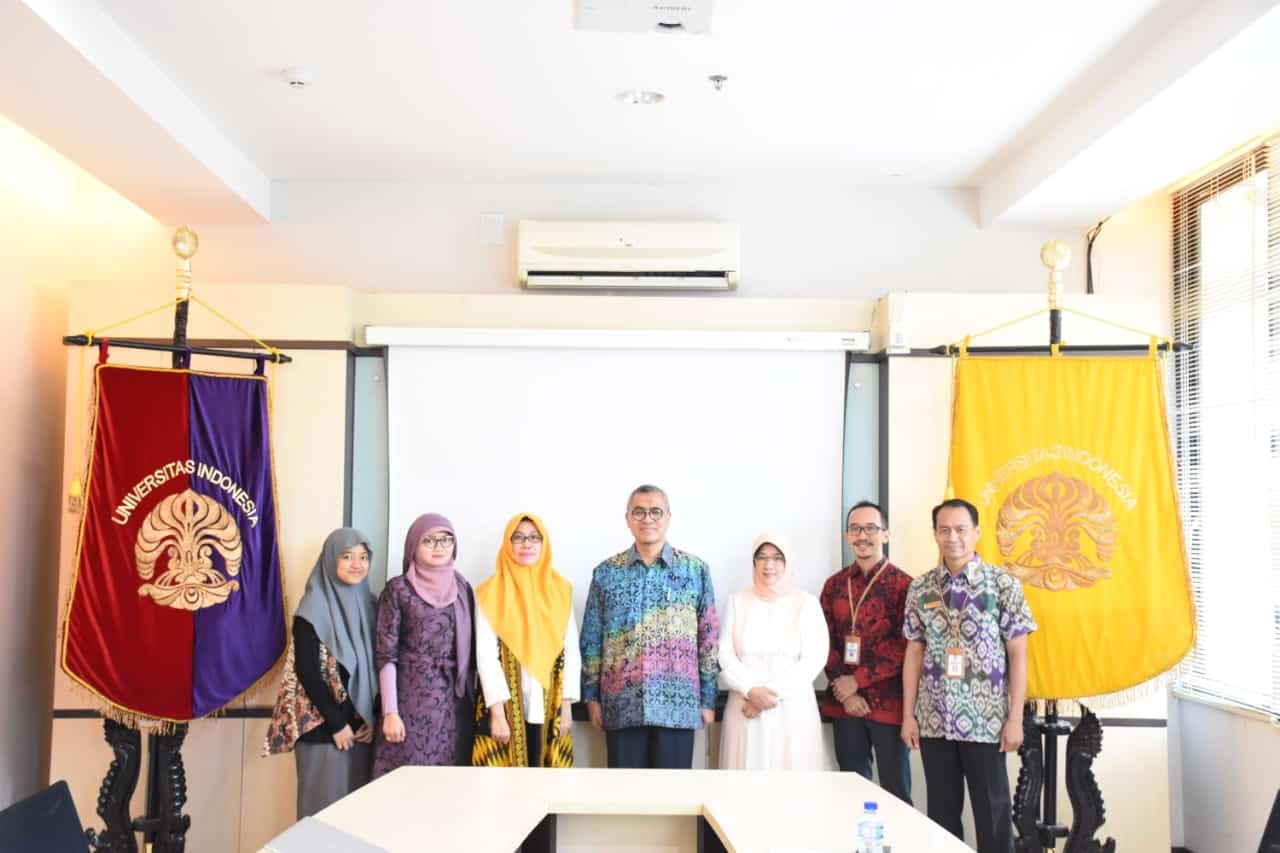FIA UI Offers a Private Forest Model as a Solution for Natural Disasters
[fusion_builder_container hundred_percent=”yes” overflow=”visible”][fusion_builder_row][fusion_builder_column type=”1_1″ background_position=”left top” background_color=”” border_size=”” border_color=”” border_style=”solid” spacing=”yes” background_image=”” background_repeat=”no-repeat” padding=”” margin_top=”0px” margin_bottom=”0px” class=”” id=”” animation_type=”” animation_speed=”0.3″ animation_direction=”left” hide_on_mobile=”no” center_content=”no” min_height=”none”]DEPOK. Several disasters occurred some time ago including floods in Jakarta and landslides in Puncak, Bogor has raised awareness of the importance of forest area conservations in the upstream region of the river. Moreover, currently the protected forest in the Puncak area covering an area of 1,577 hectares has undergone a change in function where 56% for plantations and 20% for residential settlements. As for the area of conservation forest that has undergone conversion of an area of 409 hectares, 337 hectares are plantations and 71 hectares are residential. This change in the function of land causes landslides in the area, leading to the Puncak area not having space to hold water.
This is what intrigued the community service team to study the strategic issue of the Faculty of Administrative Science, Universitas Indonesia (FIA UI) led by Teguh Kurniawan to conduct a study of the “Private Forest Policy Model for Critical Land Rehabilitation in the Upper Ciliwung River Region.” in Megamendung. The team conducted a study of “Organic Forests” in the Megamendung area which is a real form of private forest that has been managed since 2001.
It was found that Organic Forest in Megamendung was a community initiative, initiated by Bambang Istiawan and his wife in an effort to rehabilitate critical land. They carry out activities to rehabilitate critical land organically without chemicals such as pesticides. Bambang let the trees grow naturally after being planted. Even this small community succeeded, the land area which was only 3000 square meters, has now become 27 hectares.
According to Teguh there are 4 keys to the success of Organic Forest in carrying out its initiatives. Firstly, volunteerism is driven by passion so that people want to use their personal money to acquire the land and then plant the trees on land that has been controlled. Second, a good network of relationships with various groups. Third, the use of advances in science and technology in collaboration with several academics. Fourth, learning from nature and then choosing the method of planting, using fast-growing trees, a combination of types of planting, organic methods and planting endemic trees.
Teguh presented his research at the 3rd International Conference on Climate Change held by the Sebelas Maret Surakarta University (UNS) Postgraduate Program in 27-28 November 2018. His research findings also looked at a number of obstacles that need to be addressed and require support from government, both central and regional. First, economic incentives in the form of ease and reduction of costs to obtain land ownership certificates. Second, collaboration between various stakeholders is also needed to produce the best handling and management. In the case of rehabilitation of critical land in the upstream Ciliwung river area, an important and urgent collaboration must be carried out a collaboration involving the Provincial Government of the Special Capital Region of Jakarta which is a downstream area. (MI)[/fusion_builder_column][/fusion_builder_row][/fusion_builder_container]
